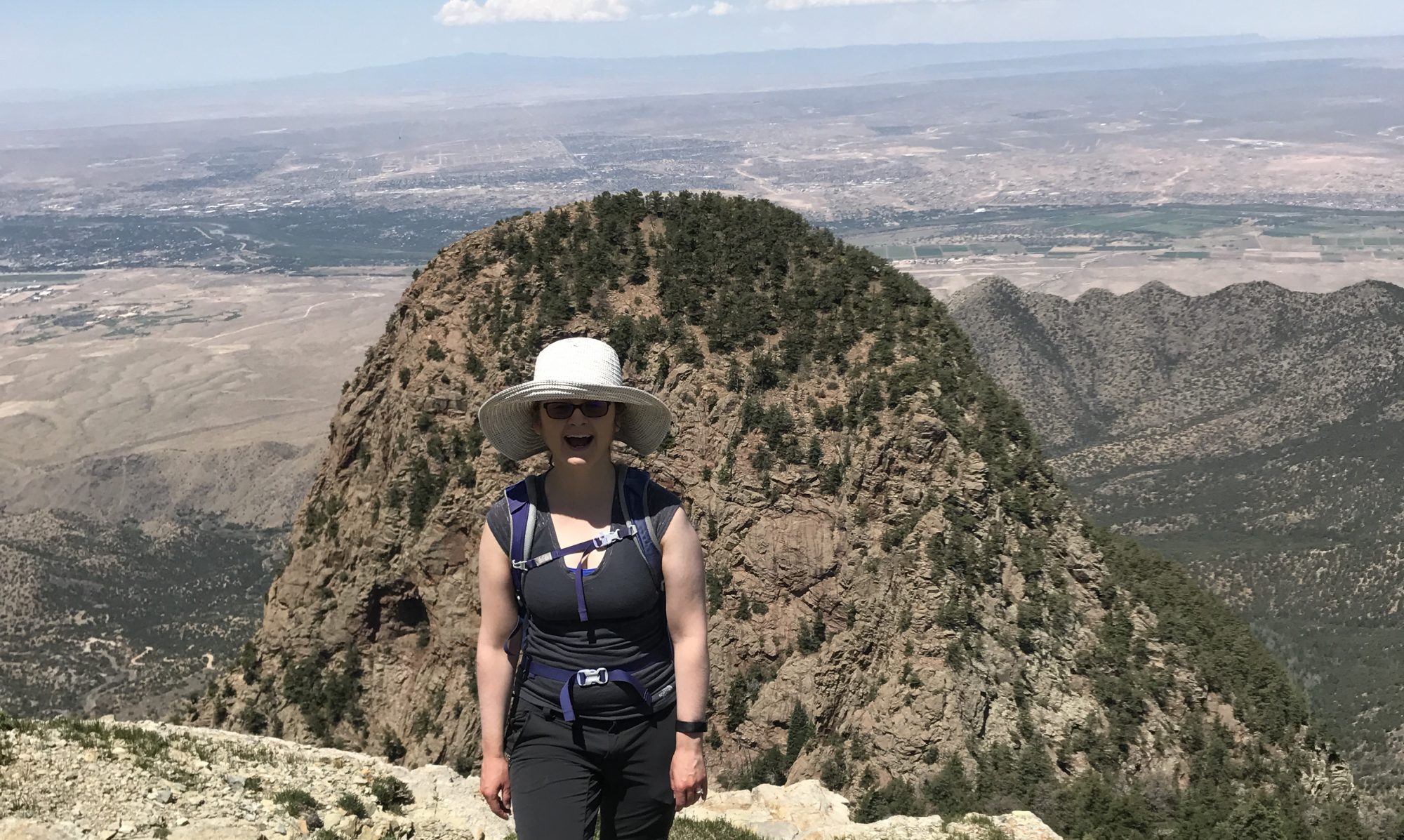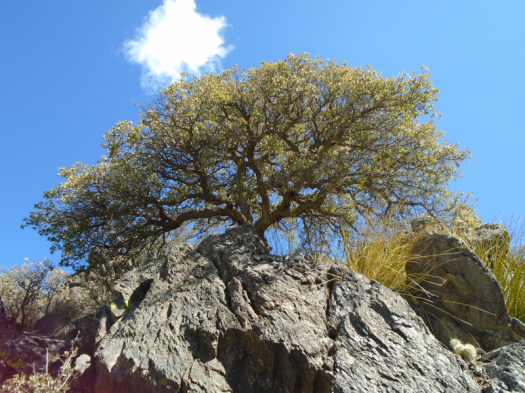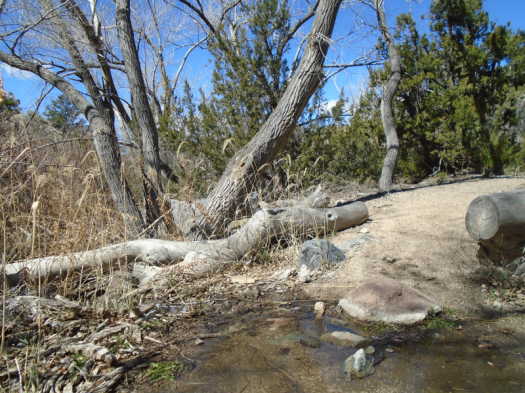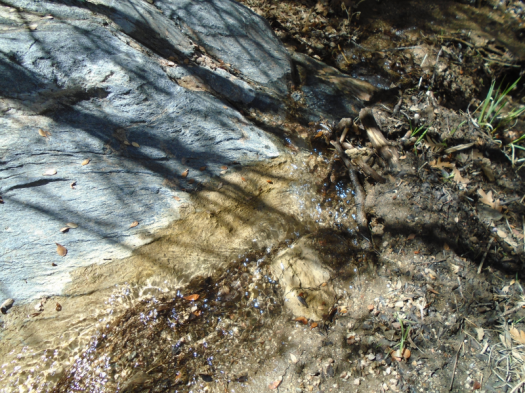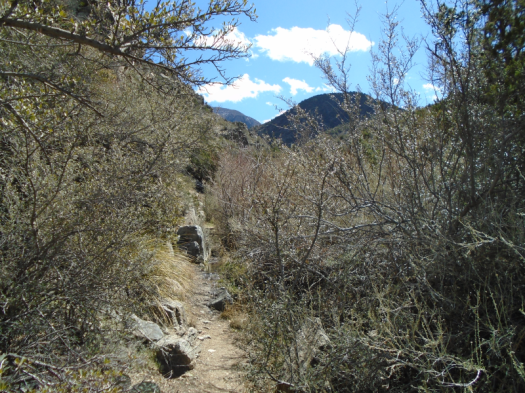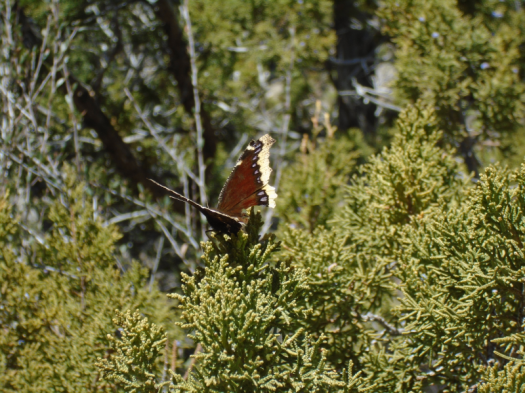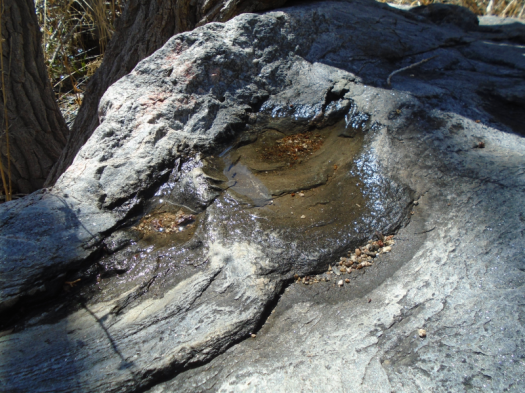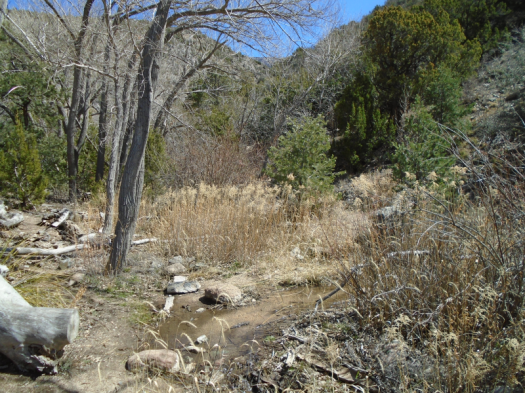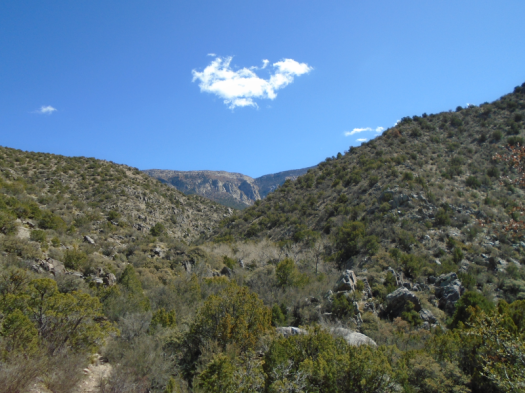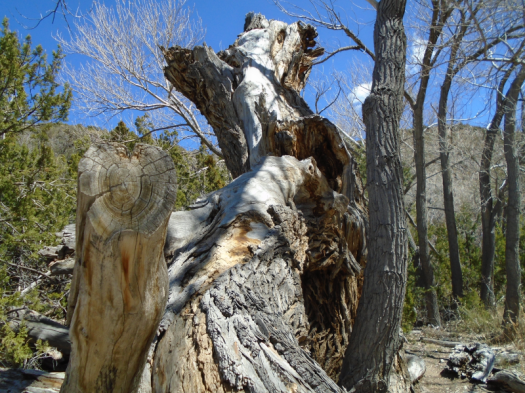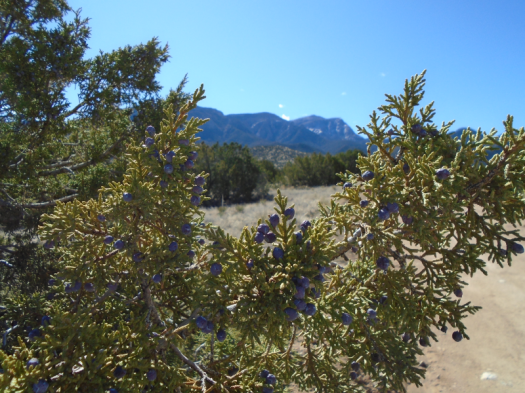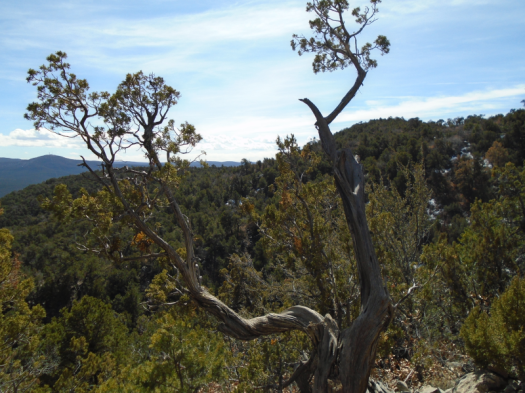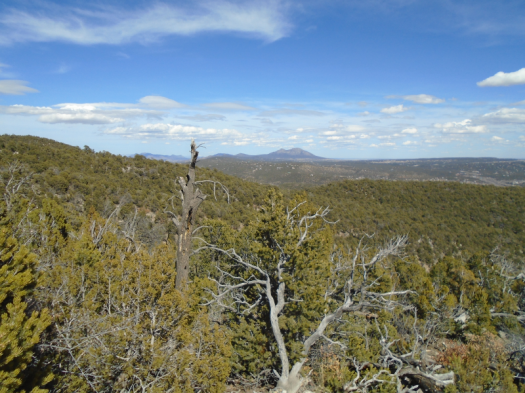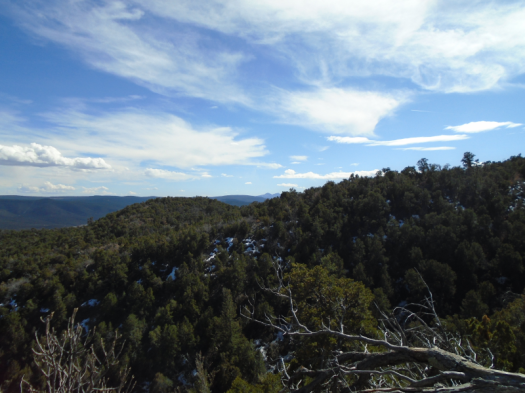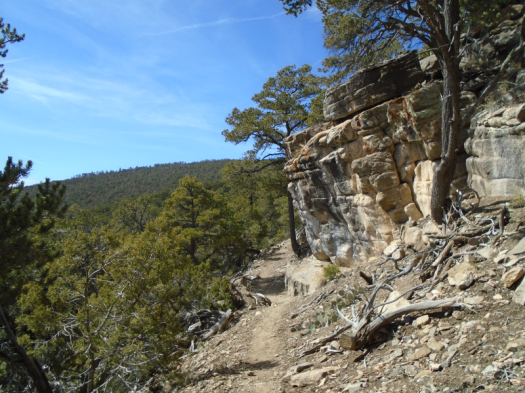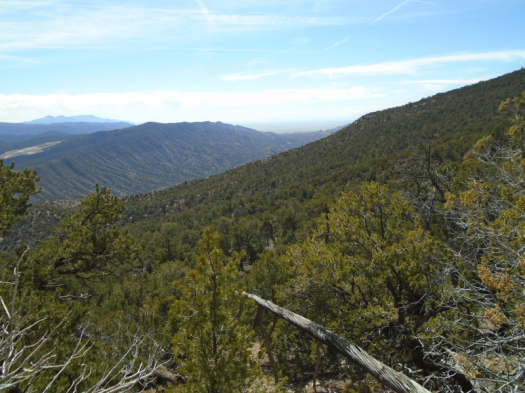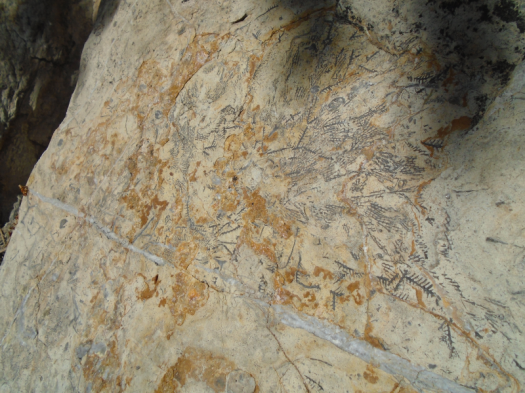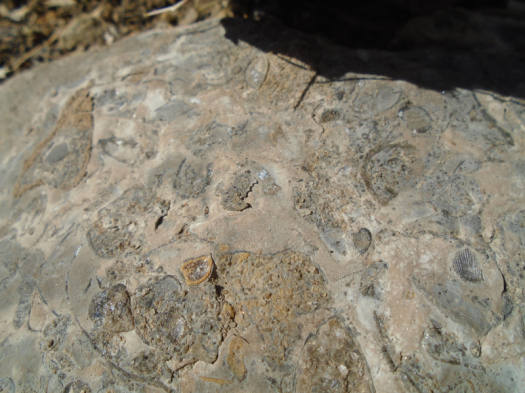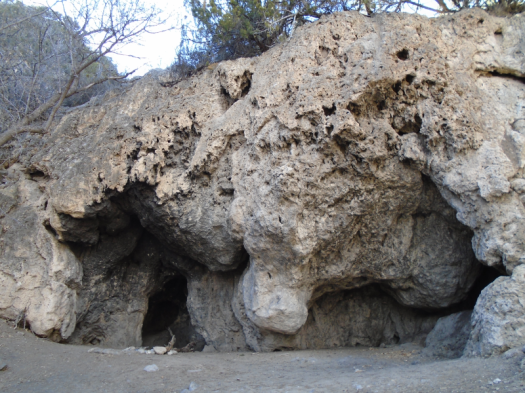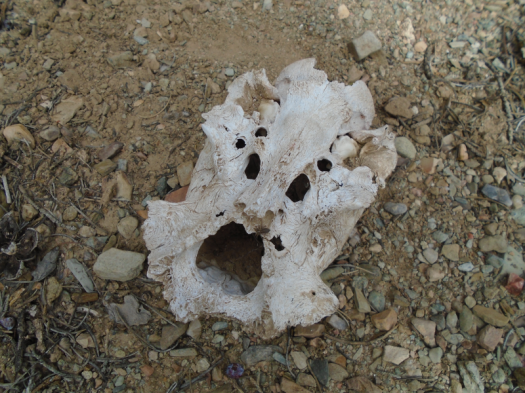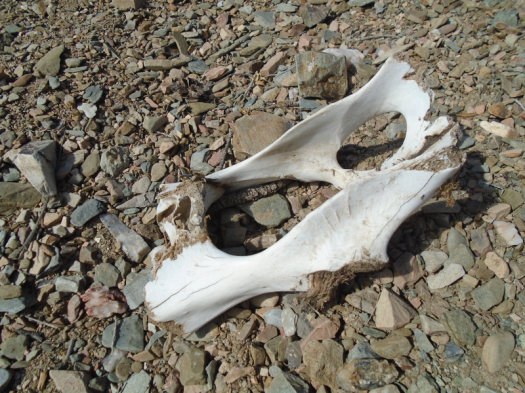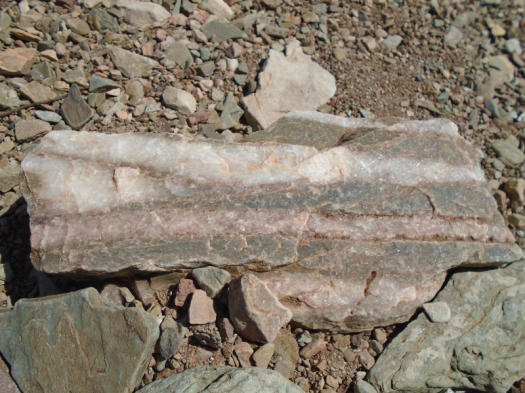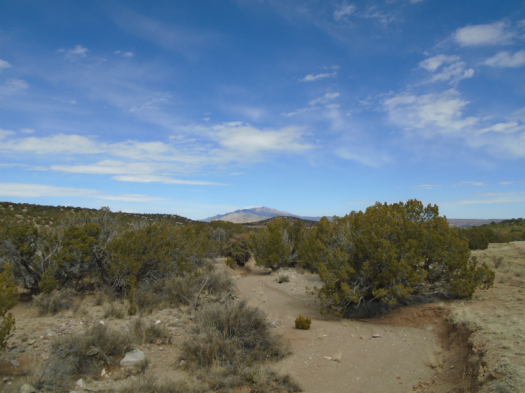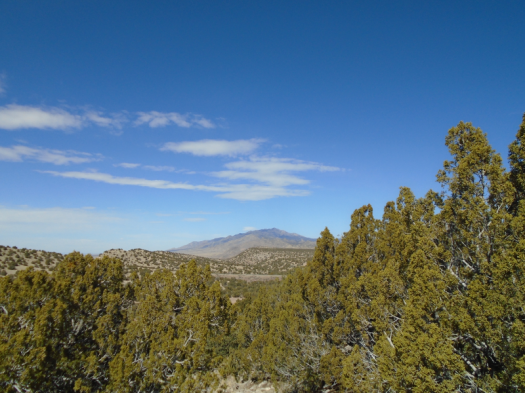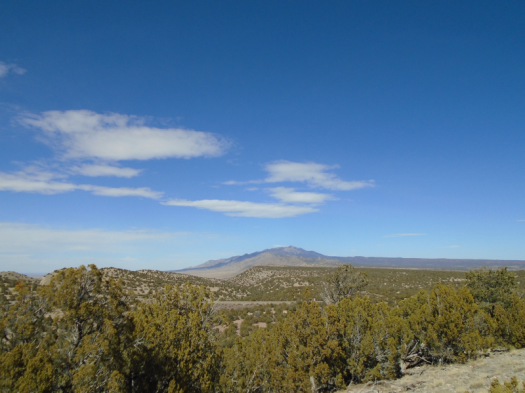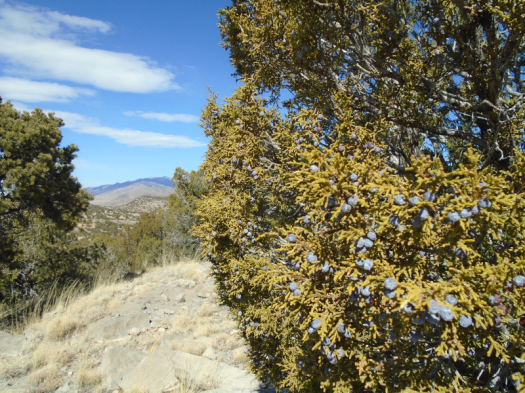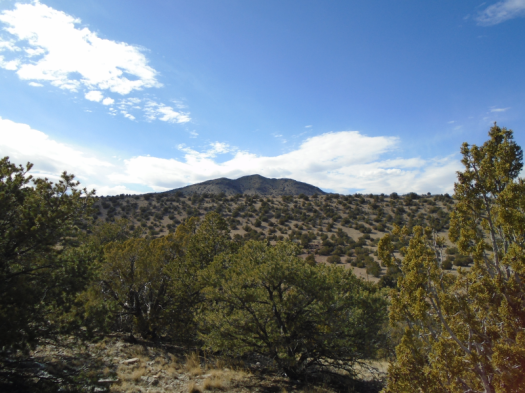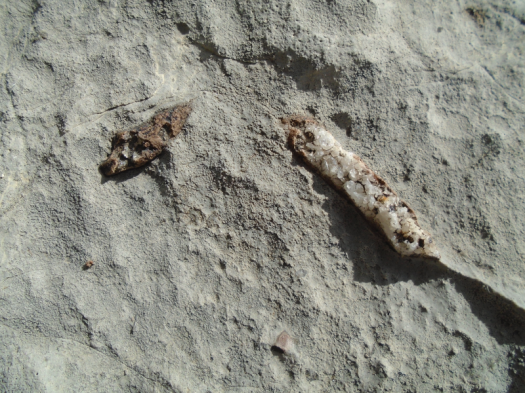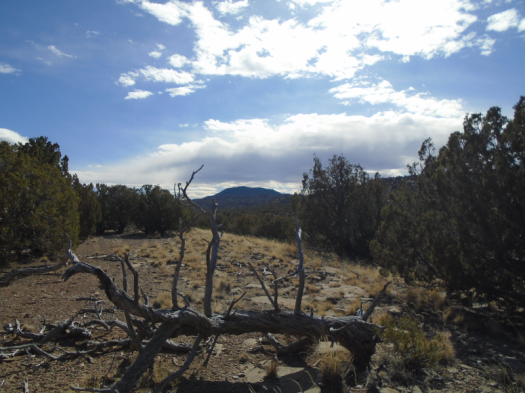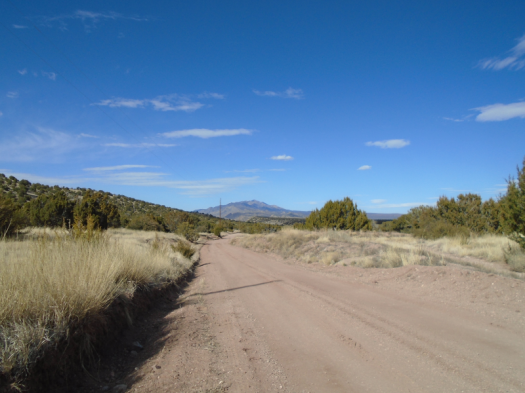Ten miles off Highway 14, down a long, narrow, twisty road, a full hour’s drive from Albuquerque, remote land beckons.
My little car crests a hill above the parking lot. It has at least 10 cars in it.
I burst out laughing.
I’ve been down La Madera Road to Golden Open Space in the East Mountains at least five times. Four of those times we saw no other humans.
But every human in the world right now has the same need: to get the hell out of the house.
Last night, one week into social distancing, I flung a still-whirring electric toothbrush against the wall. It felt good, but nothing broke, so I went outside and hurled a commemorative glass from my college’s homecoming against the side of the house.
The sound of glass breaking brought enough catharsis that I decided I could get through one more night in my house.
Yesterday I saw a tweet: Your quarantine name is how you feel right now plus the last thing you ate from the cupboard.
I am Angry Raisin, in desperate need of a safely socially distant distraction.
My hiking and life partner will not be traveling long distances on his left foot for a while. So I headed out for a solo hike at Golden Open Space, which turned out far from solo.
One moment I’m marveling at the fresh snow coating the Sandia Peak ski runs a few miles away.
The next I’m calculating how I will stay six feet away from all these people and their dogs. Thinking I should go much farther afield next weekend, farther than I should go alone, and who can I invite to go with me?
I drop into rust-red hills. Step six feet off the trail to let a man and his dog pass. Notice I’m right above the magical red-and-blue mystery arroyo. Clamber down, thinking I’ll shortcut to where the trail crosses the arroyo.
But that could take all day, as the trail slithers through a warren of arroyos. I retrace my steps, climb back up the bank to the trail, look down at the arroyo’s colors from above. Step aside for people and dogs and bikes.
Colors pop under bright blue sky, puffs of cloud. Fallen juniper berries glow lavender on red ground.
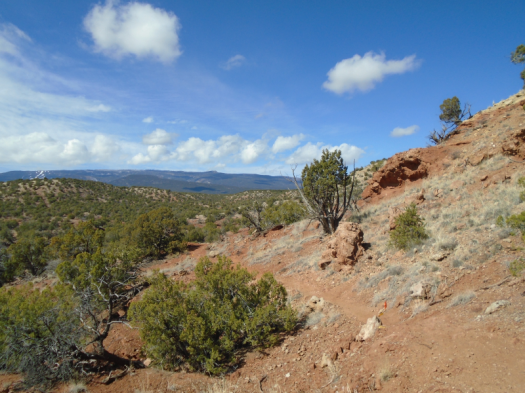
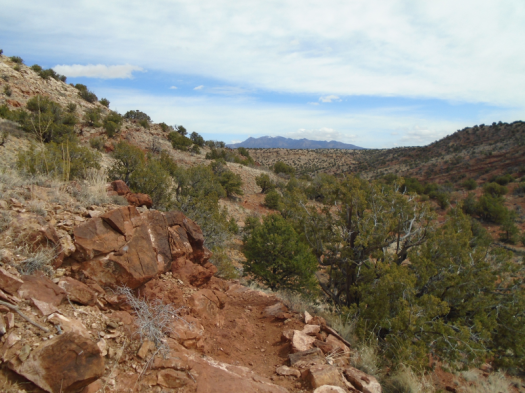
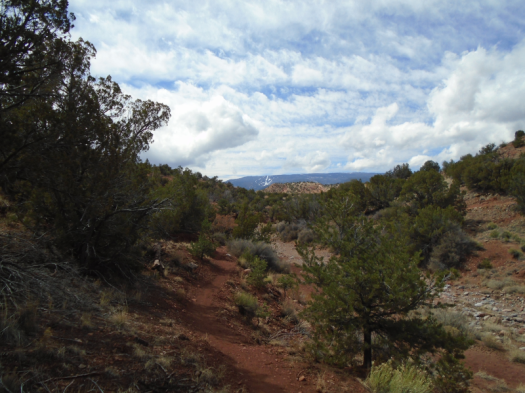
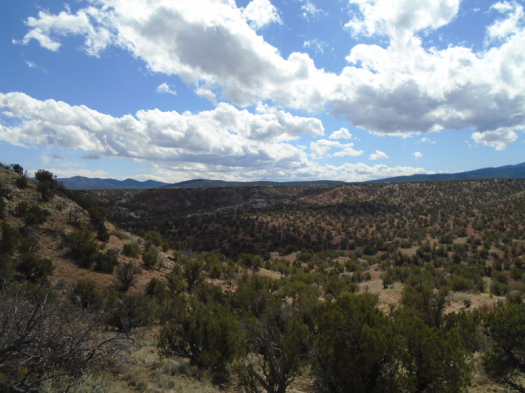
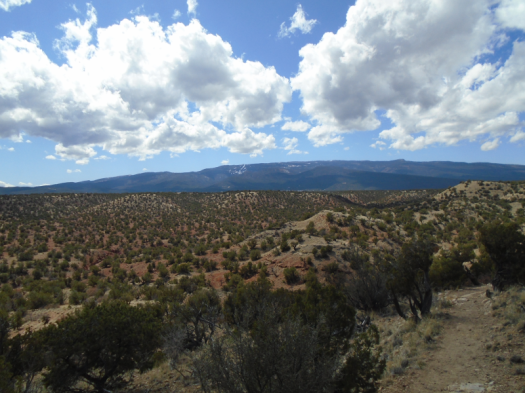
I reach the big, gnarly Arroyo Seco, the deep canyon yawning from the overlooks I passed. I cross Arroyo Seco for the first time. Navigate the trail up through red rock with white polka dots, deep-purple soil under my feet.
I’m alone on this side of the arroyo. I reach a mesa, break for lunch, ravenous. I’m looking directly at Tetilla Peak, the tan and black of the Dome Wilderness. Fresh snow coats Redondo Peak in the Jemez, the Sangre de Cristos.
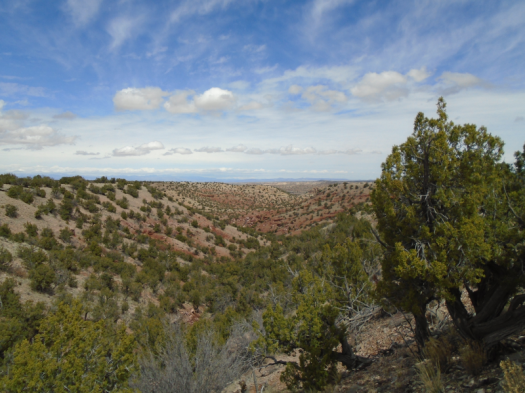
Wind whooshes. Birds chirp, tweet, caw. No other sounds.
Back on the near side of the arroyo, I stop at a plaque with a poem on it. It instructs me to take in my surroundings, read the poem, then sit or stand in quiet and use my senses. I am the creator of the experience of the art installation, it says.
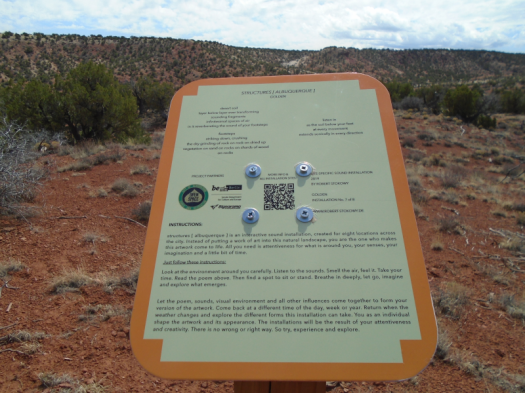
I look, listen, read the poem, close my eyes.
A breeze blows my hat brim back. I see only sun on the backs of my eyelids.
This sensation is what I seek, the feeling that the sun and warmth come with me when I go back into the house.
I open my eyes.
“Hoo!” yells a cyclist huffing up the hill I just huffed.
Time to move.
The smell of spring fills my nostrils. The smell that has comforted me, delighted me, for decades.
My mom fills our yard with it.
It brightened my desk all week during endless hours of reporting scary, heartbreaking news.
Daffodils.
In a pinon-juniper woodland, many miles from the nearest flowerbed, I smell daffodils.
It’s not the first hallucination I’ve had out here.
It will get me through another night in captivity.
Hike length: 7+ miles
Difficulty: moderate
Trail traffic: for this place, OMG
Wildlife spotted/heard: mountain chickadees, pinyon jays, crows, robins, Western wood-pewees, dead tarantula
